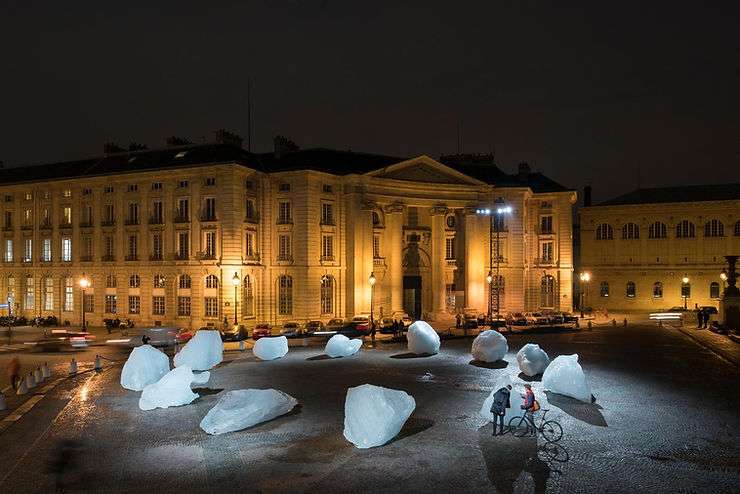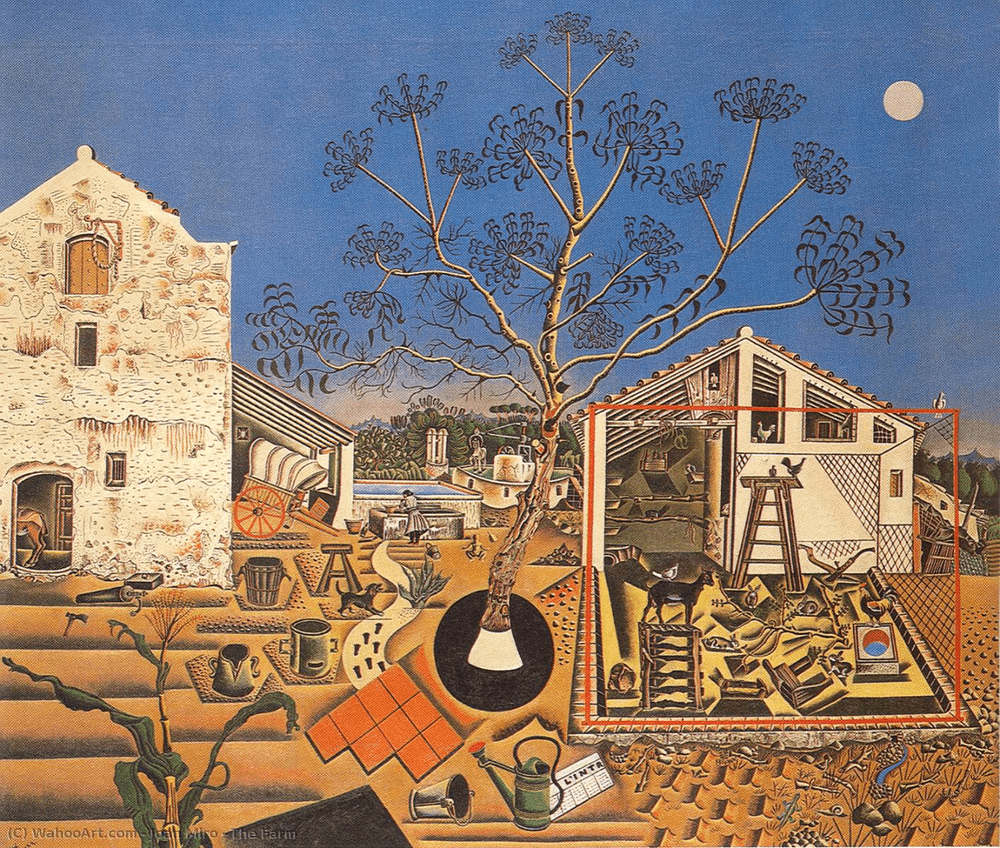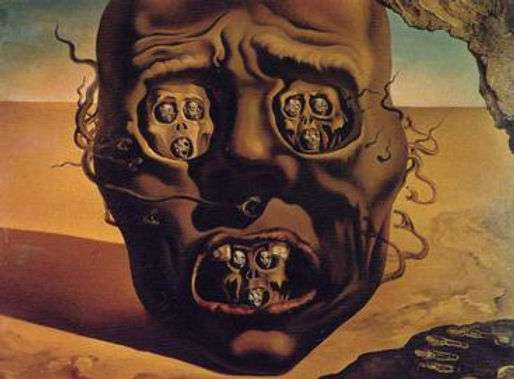It’s been a month since a nation-wide lockdown was announced in India and almost everyone is now slowly falling into a quarantine routine. Artists and the organisations that support the arts are now adapting, improvising and not just overcoming the issues posed by the lockdown but also treating it as an opportunity to evolve.
Despite the unprecedented nature of the situation though, the world is not a stranger to lockdowns. They have existed throughout history, in various forms and for varied reasons. Lockdowns have been imposed to stop epidemics and pandemics, to fight terrorism and to contain other disasters.
Even in ancient times when modern medical technologies and knowledge were unheard of, people still knew enough that if you catch an infectious disease from someone else, the best thing to do to protect yourself and your family was to “self-isolate”. Quarantining is said to have been “invented” in the 14th Century, during the first wave of the notorious bubonic plague. The phenomenon of Quarantine was more effectively deployed during the Great Plague of 1665.
Visual Arts During The Bubonic Plague in Europe
Quarantining and putting the infected individuals under lockdown was taken up by England and France between the 16th and 18th Centuries, especially during London’s Great Plague of 1665-66 and the Marseilles Outbreak in 1720.
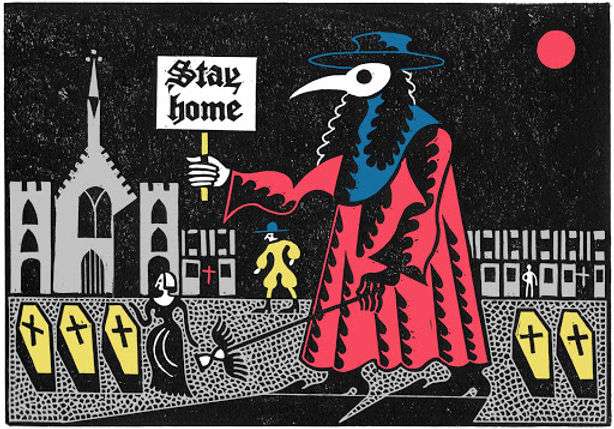
Europe was stalked by the Black Death through the 14th to 17th Century. Despite the ongoing episodes of plague, art didn’t just survive in these ages, but thrived. European art rose to glory in an age of disease and ongoing isolation and quarantining efforts.
The Renaissance and the plague were just getting started in the first half of the 14th century. For the next 300 years, the plague became a regular aspect of the European lives – and deaths.
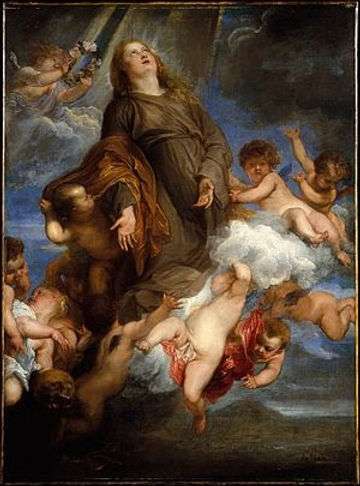
One of these catastrophic attacks of plague on Palermo in Sicily in the 1620s is documented by the Flemish artist Van Dyke in the years 1621-25. He had been working in Genoa until he moved to Palermo. His works exhibit the effects of disease and isolation in an eerie light.
If you give this enough thought, you would realise that the entire story of Renaissance in art is premised on the continuous attacks of plague and subsequent lockdowns and quarantines. This means that the lives of most of our revered artists – Michelangelo, Rembrandt, and others were based on the danger of the horror seizing their cities at any moment.
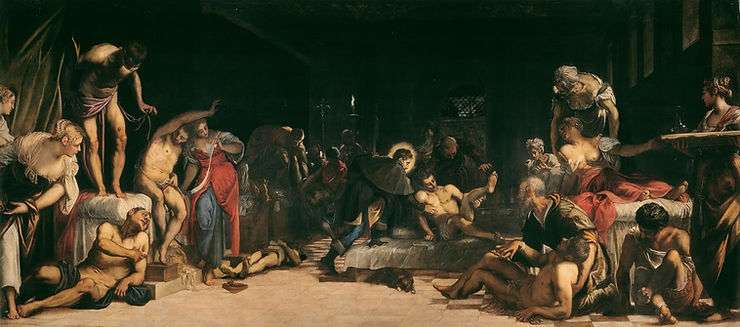
While it is probable some of the great artists died of it, many others tried to fight plague through their art. Tintoretto’s greatest works were painted in the Scuola Grande di San
Rocco – a building dedicated to San Rocco, a saint popularly regarded as a protector against plague in Venice.
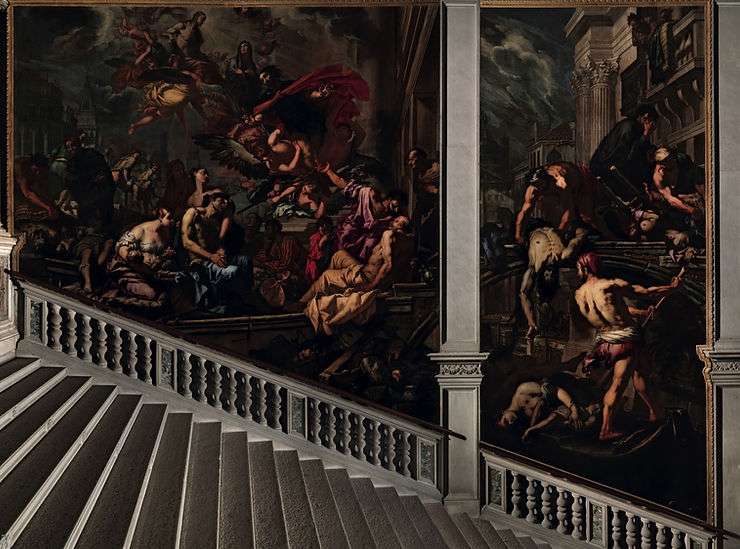
One might assume, being made in such grim times, the art would abound in images of death and despair. Yet, incredible works that are the beacons of life and civilisation were created. It is as if instead of being driven by hopelessness, they were made to assert the spirit and glory of life.
In the midst of the COVID-19 pandemic, the fear of uncertainty grips us. We are increasingly driven to anxiety by recessions, international disputes, social system failures. Yet, art history is filled with hopeful messages. Civilisations have endured disasters that the modern world can scarcely understand, leave alone imagine. St. Paul’s Cathedral is a good example – a dome of hope in the middle of a city ravaged by the 1665 plague.
Influence on Literature, Theatre and Other Arts
The Black Death and eventual lockdown is said to be the inspiration for The Decameron – widely regarded at Renaissance Europe’s greater work of literature by Giovanni Boccaccio (1313-1375). Many believe that King Lear, one of Shakespeare’s most sorrowful plays, was written during the London outbreak of 1606. Some other works of the master playwright such as Macbeth, and Antony and Cleopatra also date from the same period. Another outbreak before this, that saw theatres being shut in 1603-04, is said to have fuelled Measure for Measure and Othello. Thus, the plague influenced all spheres of European art, including literature and theatre.
Political Turmoil and Lockdowns Today
Some of the more recent examples of lockdowns include those brought on by nuclear accidents in Chernobyl and Fukushima and political turmoils, like the frequently imposed lockdowns in the state of Jammu and Kashmir.
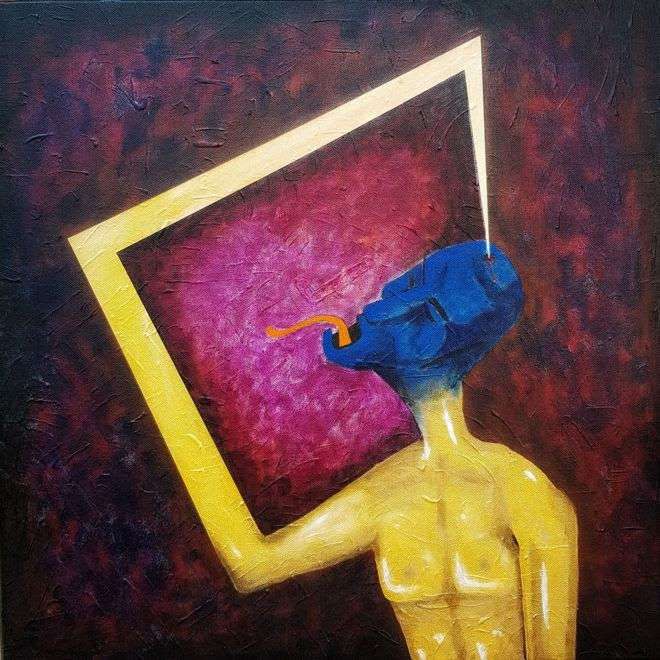
“There is no question of not writing in this situation,” says Ruksana Jabeen, a poetess from Kashmir at her house in Srinagar, a city of 1.4 million people. Paramilitary checkpoints are now a permanent feature of the Srinagar landscape and markets and schools have been shut for months.
Malik Sajad, a graphic novelist from Kashmir has worked for the Greater Kashmir newspaper as a cartoonist since he was 15. He said that many artists have been trying to record the difficulty of their everyday lives as a response to the recent internet shutdowns there.
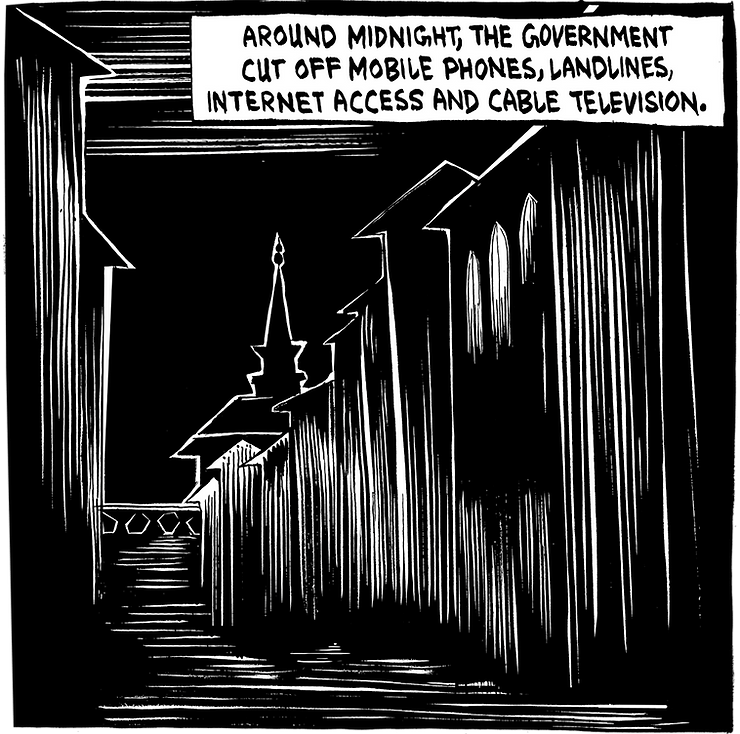
The Current Global Shutdown
Thanks to COVID-19, more people are now in ‘lockdown’ than were alive during World War II. However, the artist community is evolving – the arts have adapted themselves to the digital era. Art organisations and communities are exploring new avenues to bring the arts to the people in lockdown. We too have prepared a digital directory where you can explore online exhibitions and virtual tours from some of the best galleries and museums in the world!
